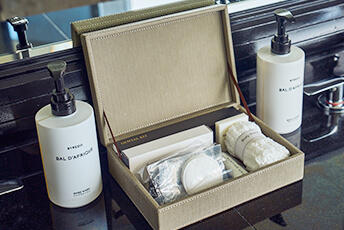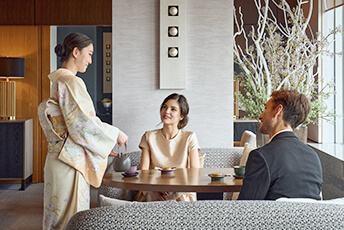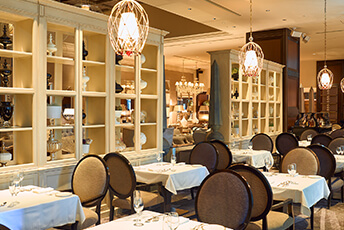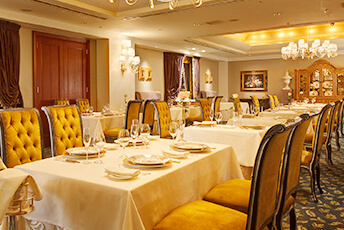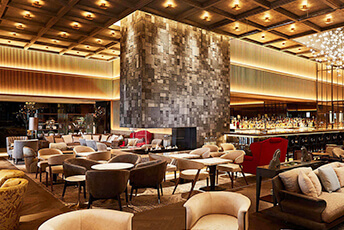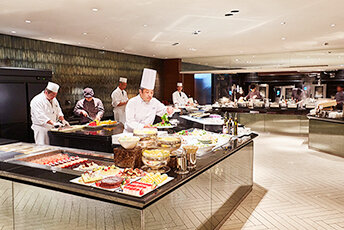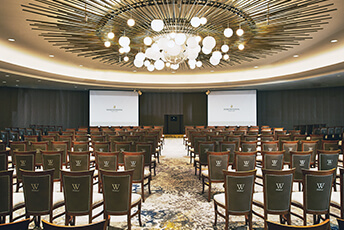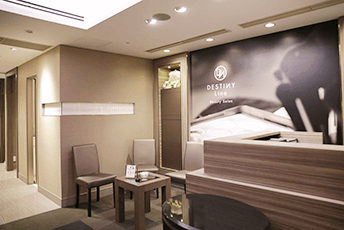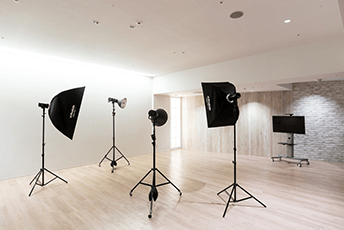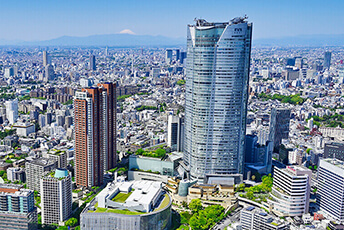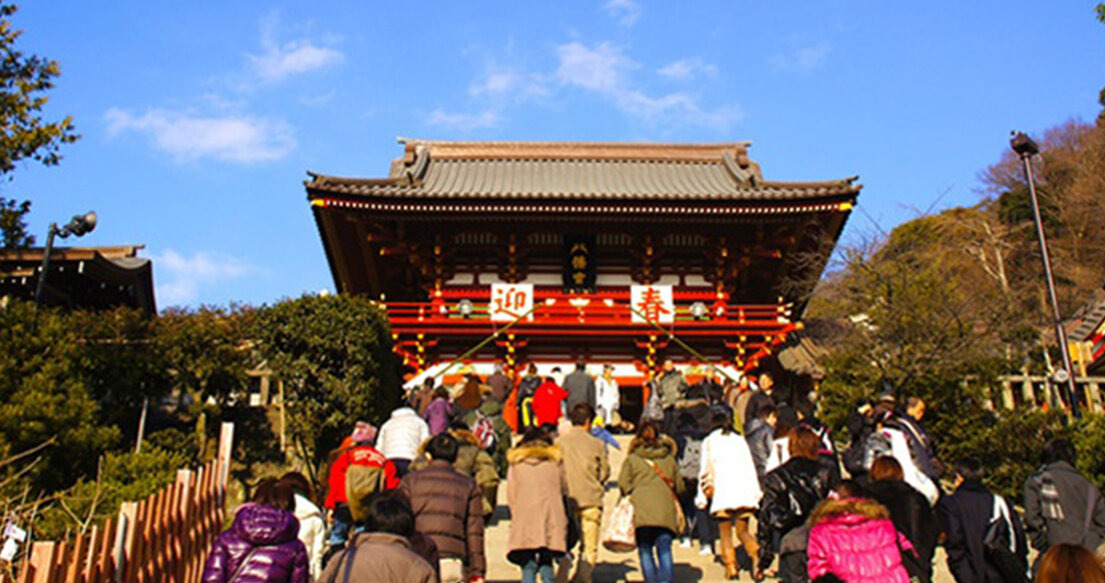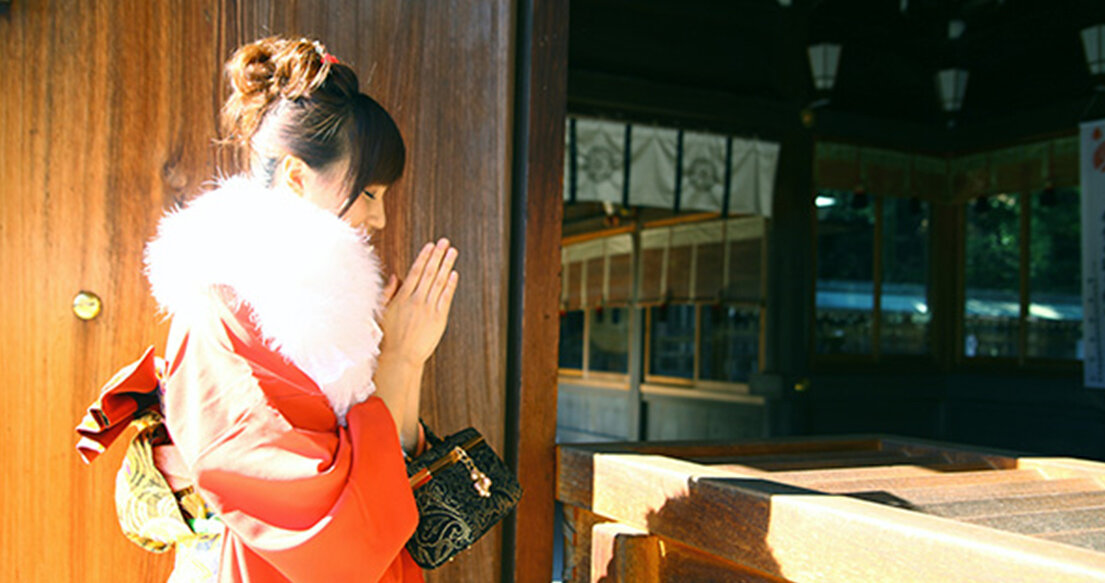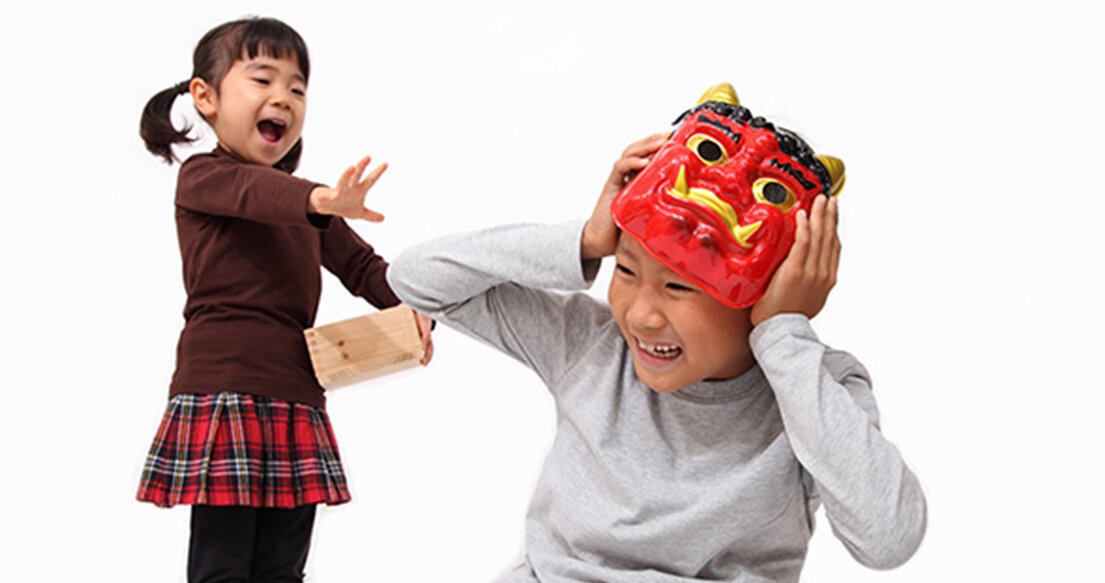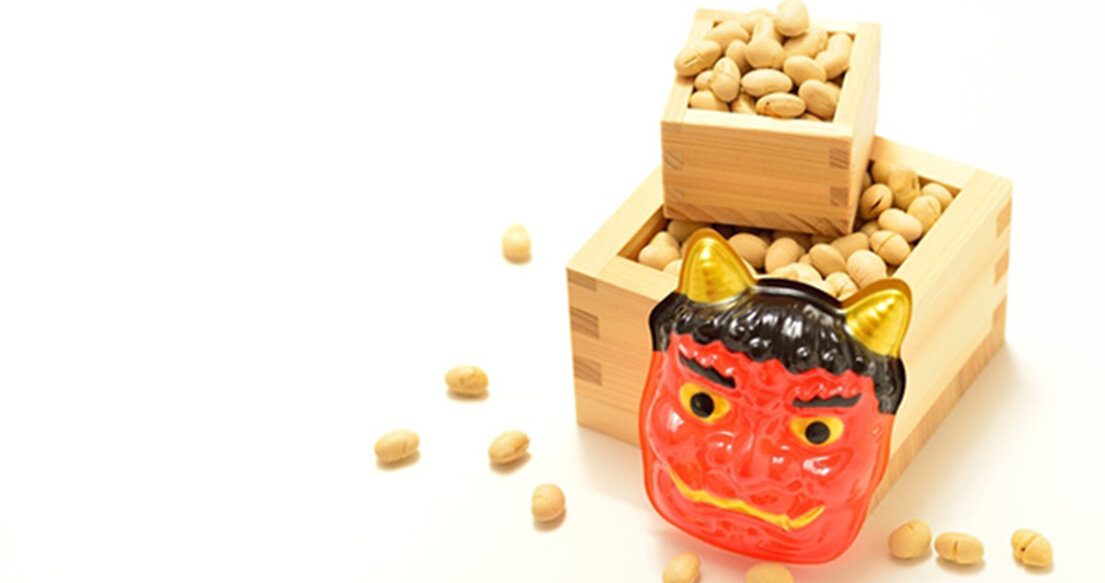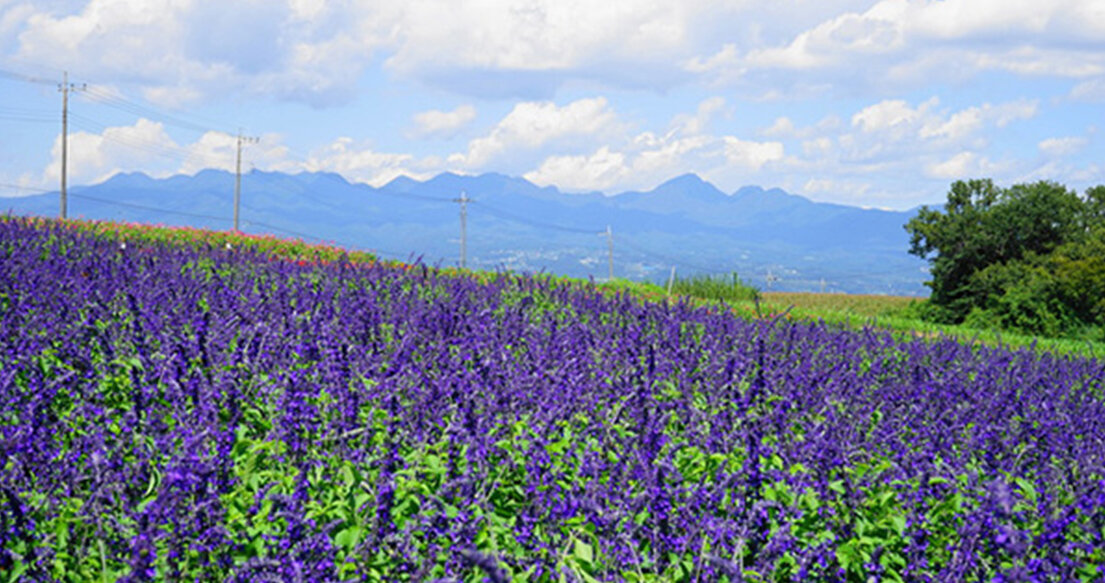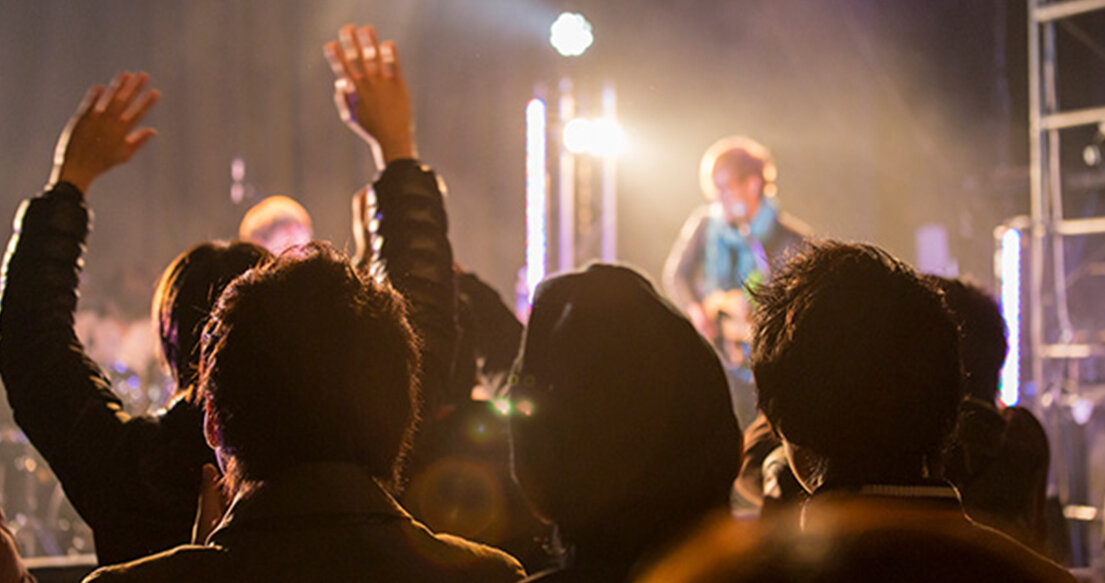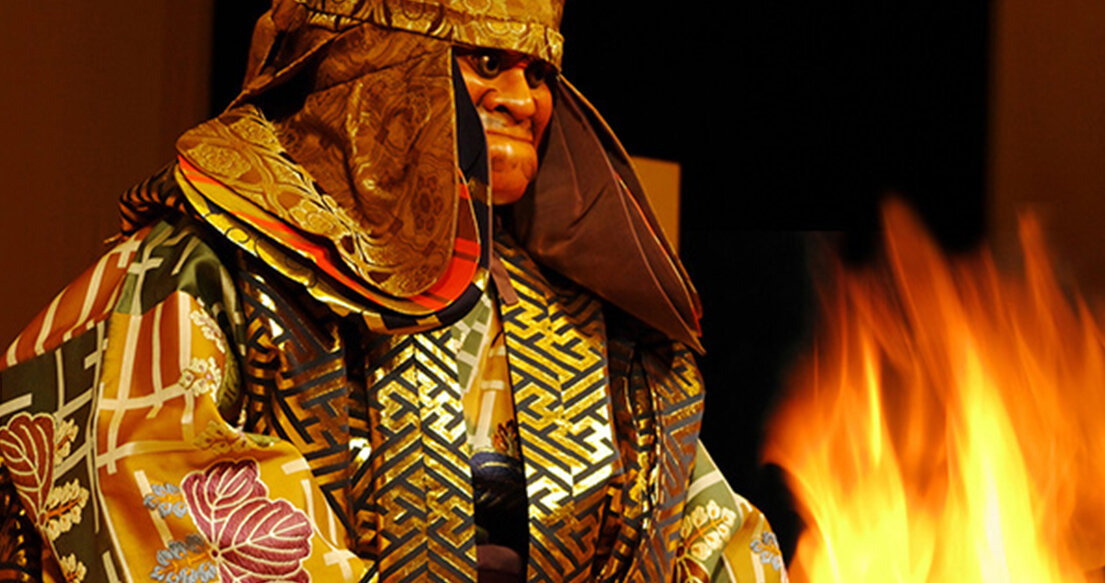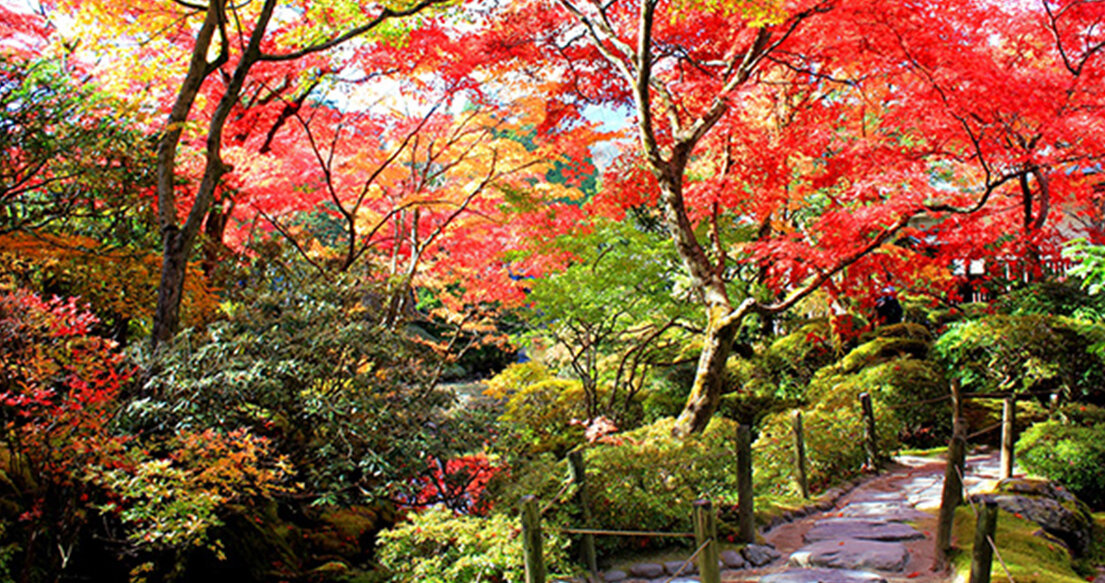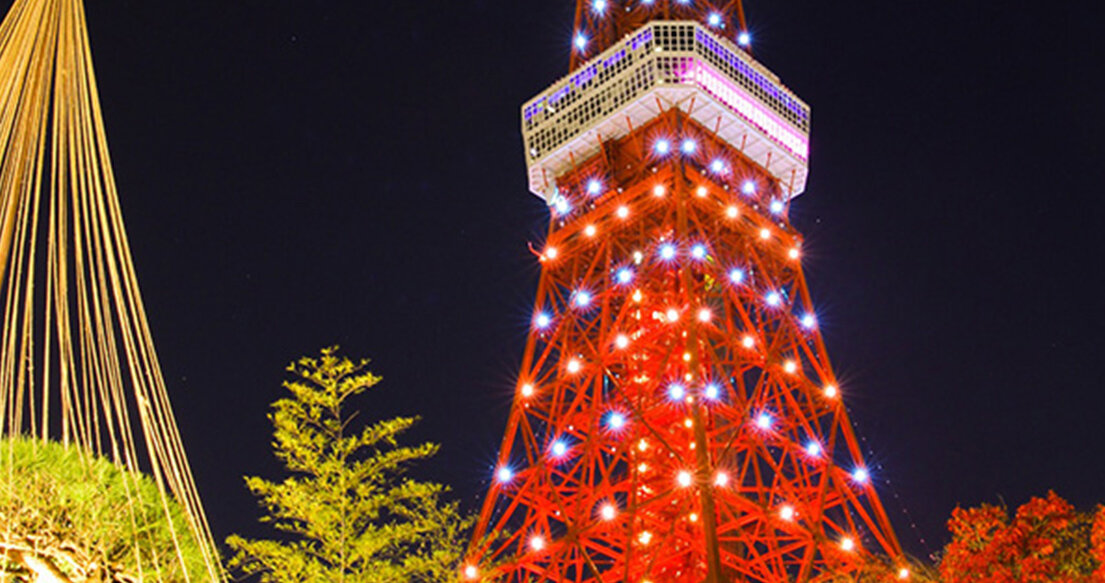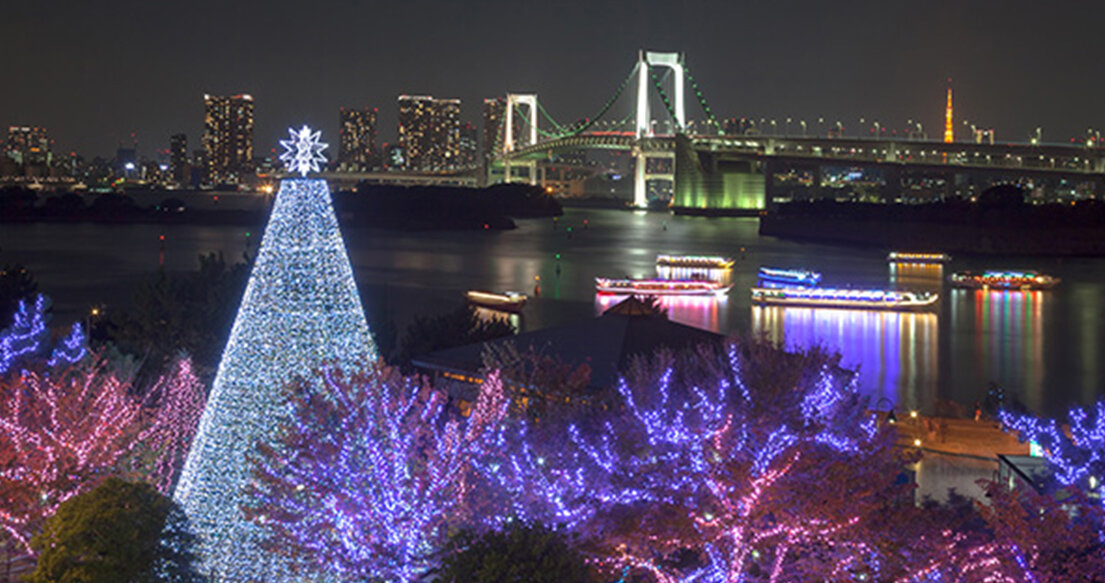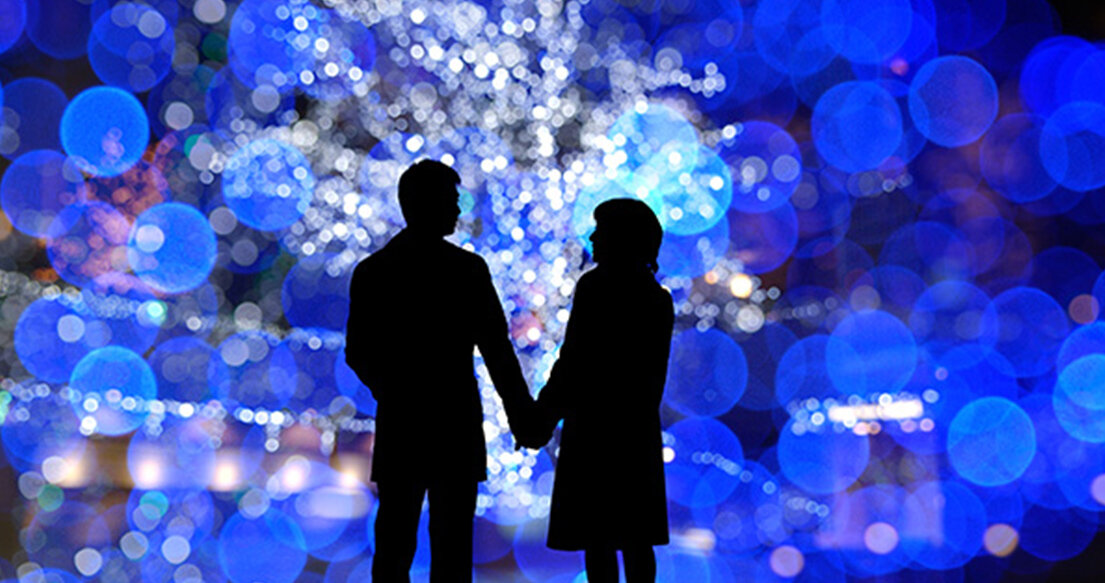Hotel Intercontinental Tokyo Bay is committed to enriching your stay and to ensuring that you leave with treasured memories of a unique Tokyo experience.
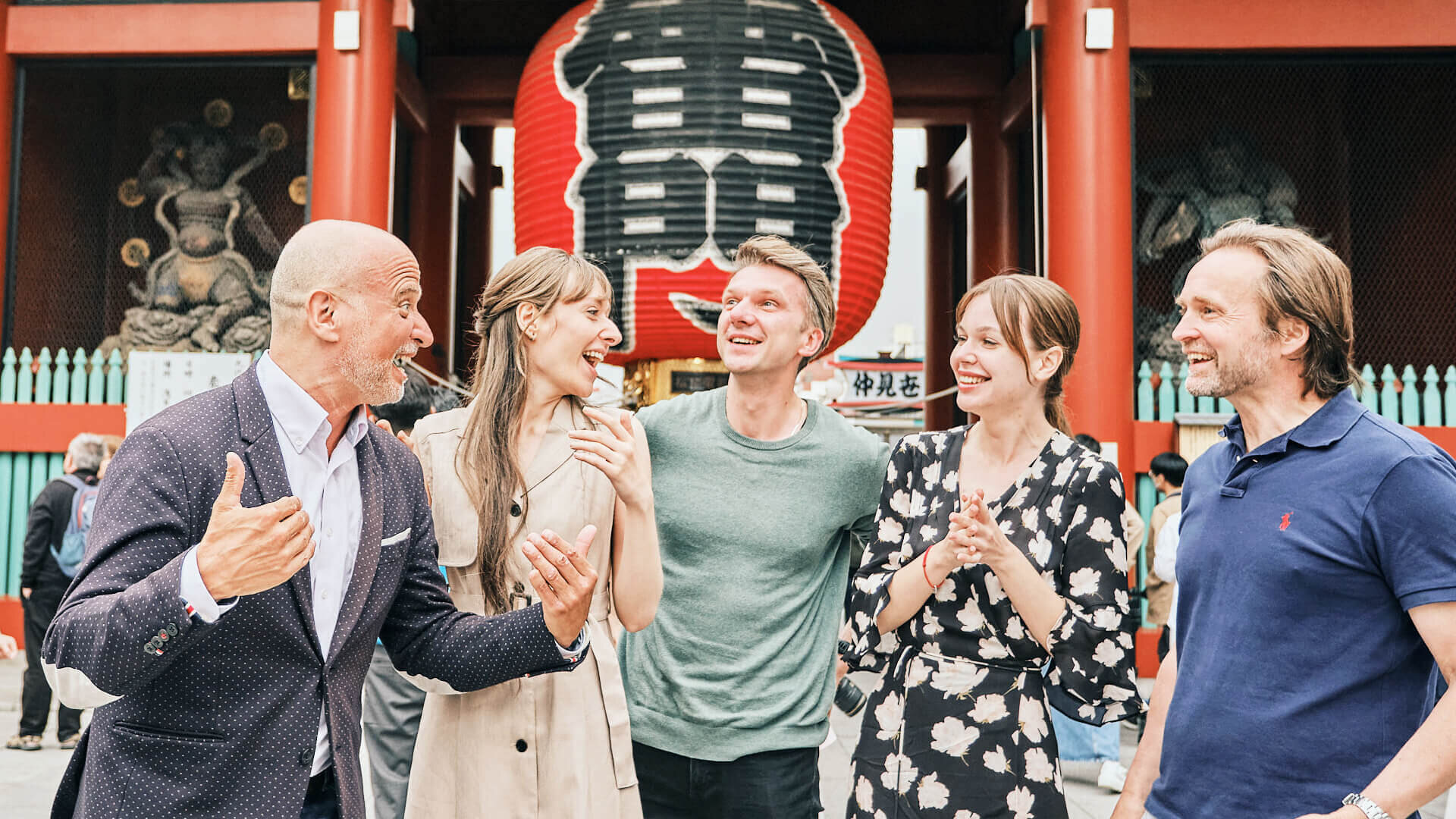
Sightseeing Spots
Annual Events
Please check the official websites of the attractions highlighted below for the latest information.
January
Hatsumode: "The First shrine visit in the new year”
During the first three days of January, it is a revered tradition for Japanese people to visit a Shinto shrine to offer prayers for prosperity, health and happiness in the New Year.
This practice is referred to as hatsumode, or the inaugural shrine visit of the year.
Iconic shrines like Meiji Jingu attract more than three million worshippers every year.
Exceptionally, the shrine opens its doors on New Year's Eve, allowing visitors to experience the joyanokane, a ceremonial bell that rings out the old year.
Hatsumode is one of the rare occasions when many people wear kimonos.
Access to Meiji Jingu from IC Tokyo Bay
- 5 minute to JR Hamamatsucho Station using our courtesy shuttle bus. Then take the JR Yamanote Line to Harajuku Station, and Meiji Jingu Shrine is located behind the station.
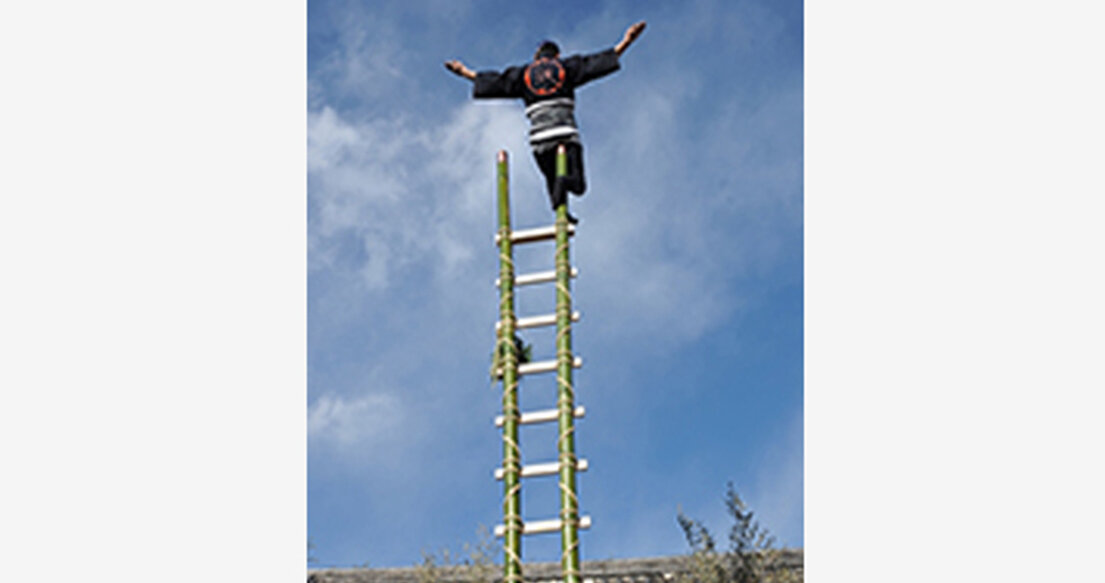
Dezomeshiki: "A new year firefighting performance"
The New Year's parade of fire brigades represents an extraordinary display of firefighting prowess by local fire departments that are traditionally staged in early January.
Hosted at Tokyo Big Sight in Odaiba, the event features firefighters dressed in authentic Edo-period attire executing dazzling stunts atop long bamboo ladders.
The next event is scheduled for 6 January.
Access to Tokyo Big Sight from IC Tokyo Bay
- - 3-minute walk to Takeshiba Station on the Yurikamome Line followed by a 20-minute ride to Kokusaitenjijo Seimonmae Station.
February
Setsubun: “Fortune in, devils out!”
Literally meaning “the day between two seasons,” setsubun is celebrated on either February 3, which marks the last day of winter, or on the eve of spring according to the current calendar.
This cultural event features a time-honored practice known as ‘mamemaki,’ or bean-throwing. Participants enthusiastically scatter roasted soybeans both inside and outside their homes while proclaiming, “Fortune in, devils out!” Following this ritual, it is customary to consume a number of soybeans equivalent to one’s age as a symbolic gesture for inviting good health and happiness throughout the coming year.
Some of the liveliest festivities take place at Sensoji temple and Zojoji temple, among others.
Access to Sensoji Temple from IC Tokyo Bay
- - 5-minute walk to Hinode pier and 40 minute cruise on the water bus to Asakusa.
- - 5-minutes to Daimon subway Station on our courtesy shuttle bus, then take the Asakusa Line to Asakusa Station.
Access to Zojoji Temple from IC Tokyo Bay
- - 25-minute walk
- - 10 minutes by taxi
- - 5 minutes to JR Hamamatsucho Station on our courtesy shuttle bus and then walk 10 minutes.
March and April
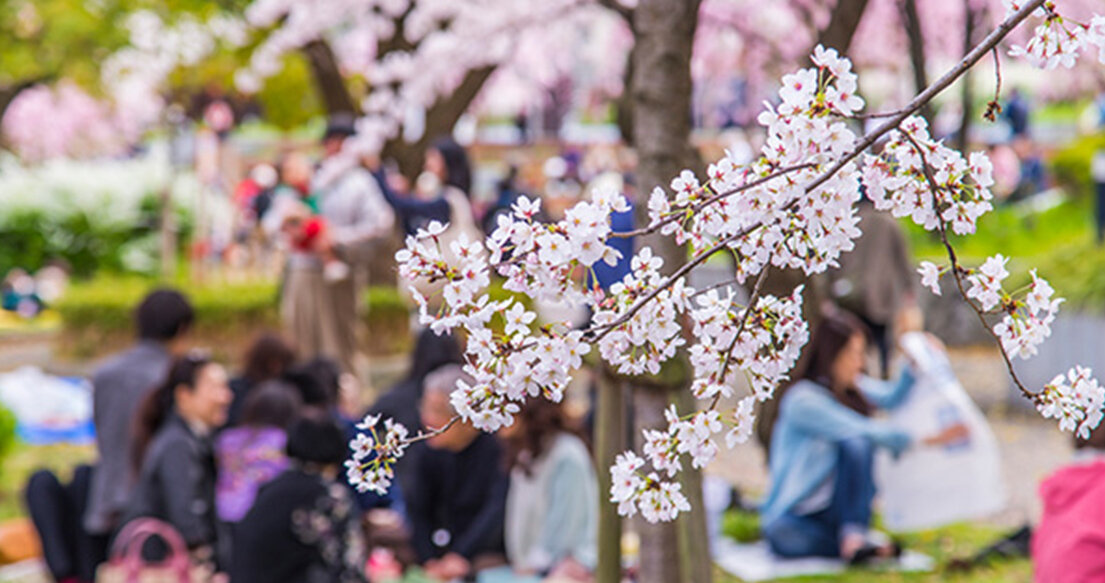
Hanami: “Spring cherry blossom viewing parties”
Embodying the spirit of spring, Hanami parties are a seasonal highlight in Japan.
Families and colleagues convene under the delicate blossoms, laying out mats to savor the ephemeral beauty of cherry blossoms in full bloom.
Some of the most enchanting locales for these gatherings include Chidorigafuchi Park near Yasukuni-jinja, the Aoyama Cemetery, Ueno-koen Park, and Sumida-koen Park
Access to Chidorigafuchi Park from IC Tokyo Bay
- - 5 minutes to Daimon subway Station on our courtesy shuttle bus and then take the Asakusa Line to Nihonbashi Station.
Change to the Tokyo Metro Tozai Line headed for Kudanshita Station.
Best place to view the blossoms in Sumida-koen Park
- - 5-minute walk to Hinode Pier and take the Tokyo river water bus to Asakusa.
During the cruise on the water bus there are superb views of the cherry blossoms.
May
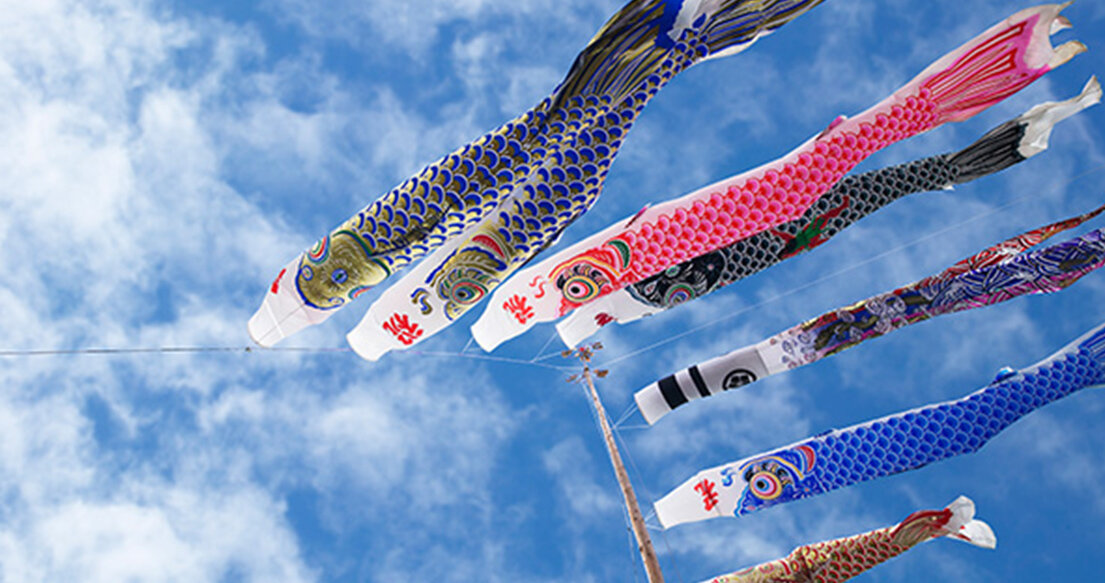
Koinobori: Carp-shaped Streamers
Koinobori traditions originate from the 18th century Edo Era among samurai families as a wish that their sons would grow up to be healthy and strong.
Along with Kazari-Kabuto ornamental war helmets, Koinobori is a widely celebrated Japanese custom that takes place on May 5, Children’s Day, which is the last national holiday of Golden Week.
Since then, the custom has been adopted by families across the nation. Since ancient times, carp have been revered for their tenacity and strength.
The order of carp streamers from top to bottom consists of a Yaguruma, a spinning wheel; Fukinagashi, a simple streamer; Magoi, a black carp symbolizing the father; Higoi, a red carp symbolizing the mother, and Kogoi, blue carp, symbolizing the son(s).
More recently, a variety of colorful carp-shaped streamers symbolizing daughters have also been adopted.
Due to the decrease in the number of individual houses with gardens in recent times, especially in the Tokyo area, Koinobori are rarely seen in the big city.
However, the practice is still very popular in the more rural areas of Japan from the middle of April through May 5.
It is quite a special sight seeing Koinobori swaying in the breeze on a clear sunny spring day.
June
Ajisai (Hydrangea) is one of the most popular and common June flowers in Japan.
In Japan, the month of June is celebrated as a season of vibrant floral beauty.
Among the array of flowers that can be seen at this time, such as Gardenia, Abelia, Lily, Evergreen Mangolia, Feijoa, Balloon flowers, Japanese Iris, and Impatiens, it is the Hydrangea, or Ajisai, that are among the most popular and iconic of the June flowers in Japan.
Although widely cultivated outside Japan, Ajisai is native to Japan and its roots in Japanese culture extend all the way back to the late 8th century.
We know this because it appears in the Manyoshu, the oldest existing collection of Japanese Waka poetry.
Interestingly, certain varieties of Hydrangea change their color during their life cycle, earning it the name, the Nanahenge (Color Variation) Flower.
Throughout the month of June, visitors will have the opportunity to admire the understated elegance of Ajisai flowers, which bloom in a range of hues including white, blue, purple, and pink.
There are many popular places in Tokyo for viewing Ajisai, such as Hakusan Park, Asukayama Park, and the Koiwa Shoubu Gardens.
However, they can also be viewed at the Hama-Rikyu Gardens and Kyu-shiba-Rikyu Gardens, which are very close to our hotel.
Moreover, Ajisai is the official flower of the Minato-Ku district in which our hotel is situated.
If time permits, we highly recommend a visit to Kamakura and/or Hakone where there are many temples and gardens where Ajisai can be enjoyed.
Access to the suggested attractions from IC Tokyo Bay
Hama-Rikyu Gardens and Kyu-shiba -Rikyu Gardens
Both gardens are within walking distance of the hotel, taking approximately 20 and 5 minutes, respectively.
FANCL Ginza Square (Tokyo)
Ginza Station on the Tokyo Metro Ginza Line (Exit No. A3), 1 minute walk
--Hydrangea Garden--
Access: FANCL Ginza Square 10 F, 5-8-16 Ginza, Chuo-Ku, Tokyo.
Hakusan Park
After taking the shuttle bus to the Hamamatsucho Bus Terminal, take the subway Oedo Line to Kasuga and change to the Mita Line to Hakusan Station. Hakusan Park is just a 3-minute walk from there. Total travel time is approximately 45 minutes.
--Bunkyo Hydrangea Festival--
Access: 5-31-26 Hakusan, Bunkyo-Ku, Tokyo.
Meigetsu-In (Kamakura)
After taking the shuttle bus to Shinagawa, take the JR Yokosuka Line to Kamakura. Total travel time is approximately 1 hour.
--Site in Kamakura that is famous for Hydrangea--
Access: 189 Yamanouchi, Kamakura-Shi, Kanagawa-Ken
Odawara Castle Park (Odawara)
JR Odawara Station, East Exit, approx. 10-minute walk
--Odawara Castle Hydrangea Festival--
Access: Jonai, Odawara-Shi, Kanagawa-Ken
July
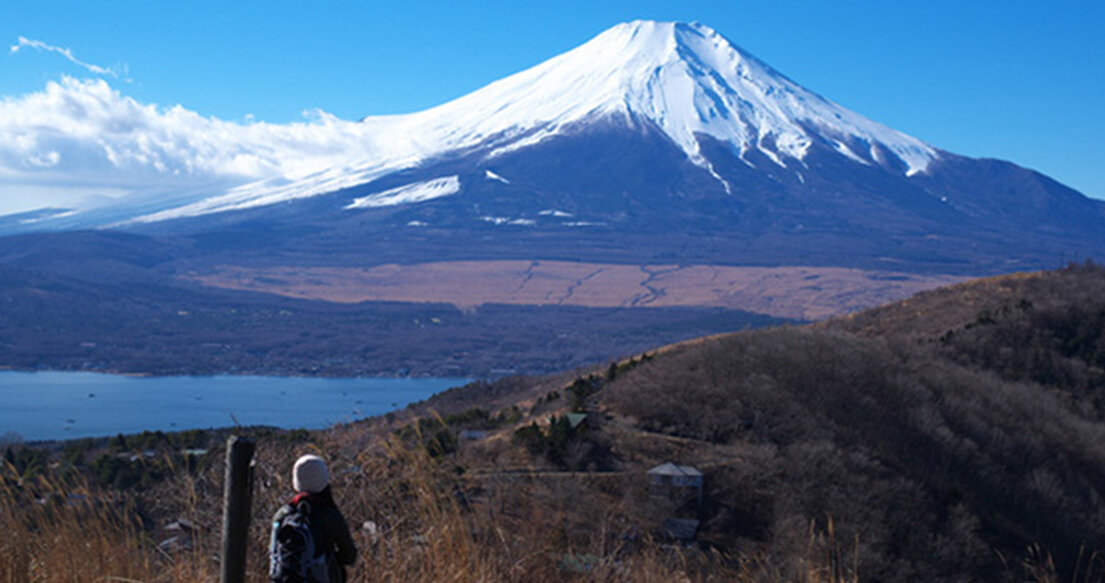
Yamabiraki: Official opening of the mountain climbing season
In Japan, Yamabiraki marks the official commencement of the mountain climbing season signifies the arrival of midsummer.
In modern times, Yamabiraki refers to the specific periods of the year during which mountain climbing is officially permitted, with the first day being particularly important.
Traditional rituals are still observed, where prayers are offered for the safety of climbers and for favorable weather conditions.
The Yamabiraki for Mt. Fuji, the iconic Japanese mountain, typically occurs on July 1. During this time, several roads leading up to the fifth station are opened, providing easy access to the half-way point by car or bus. For added convenience, there are several one-day bus tours from the Tokyo area.
We are delighted to offer personalized tour plans for trekking and/or cycling, depending on your specific interests, so that you can make the most of your midsummer experience in Japan.
Access to the 5th Station of Mt. Fuji
Take either a taxi or the Yamanote Line train from Hamamatsucho to Shinagawa Station, then take the bullet train to either Mishima or Shin-Fuji Station. Finally, take a local bus to the 5th station.
One-day bus tours from our hotel to the Mt. Fuji & Hakone areas are also available.
Please contact the concierge to make a booking.
Nearby Sightseeing Information in July
Tokyo Tower
--The Milky Way Illumination at Main Observatory--
Access: 4-2-8 Shibakoen Minato-ku, Tokyo
25-minute walk or 7-minute taxi ride from the hotel.
--The Star Festival--
Write your wishes and hopes on a designated piece of paper that will be attached to bamboo branches. These messages will be respectfully dedicated and delivered to Zojoji Temple after the event.
--Wear a Yukata and receive discounts--
Exclusive offers for visitors dressed in Yukata or Jinbei:
(1) Discounted price to the Main Deck at 150 meters!
(2) A complimentary or discounted selection of sweets from one of six participating stores in Tokyo Tower!
(3) For guests aged 20 and above, enjoy a complementary highball or soft drink at Tokyo Tower Highball Garden!
more info
Aqua Park Shinagawa
--Dolphin Performance--
Access: 4-10-30 Takanawa Minato-ku, Tokyo (at The Prince Hotel)
JR Shinagawa Station, Takanawa Exit, 2-minute walk
teamLab Planets TOKYO
teamLab creates an entirely new world, the likes of which have never been seen before. Create new experiences with others as you immerse yourself in art without boundaries and explore the world with your body.
Access: Toyosu 6-1-16, Koto-ku Tokyo
National Museum of Emerging Science and Innovation (Miraikan)]
Access: 2-3-6, Aomi Koto-ku, Tokyo
Yurikamome Line [Funenokagakukan] 5-minute walk
August
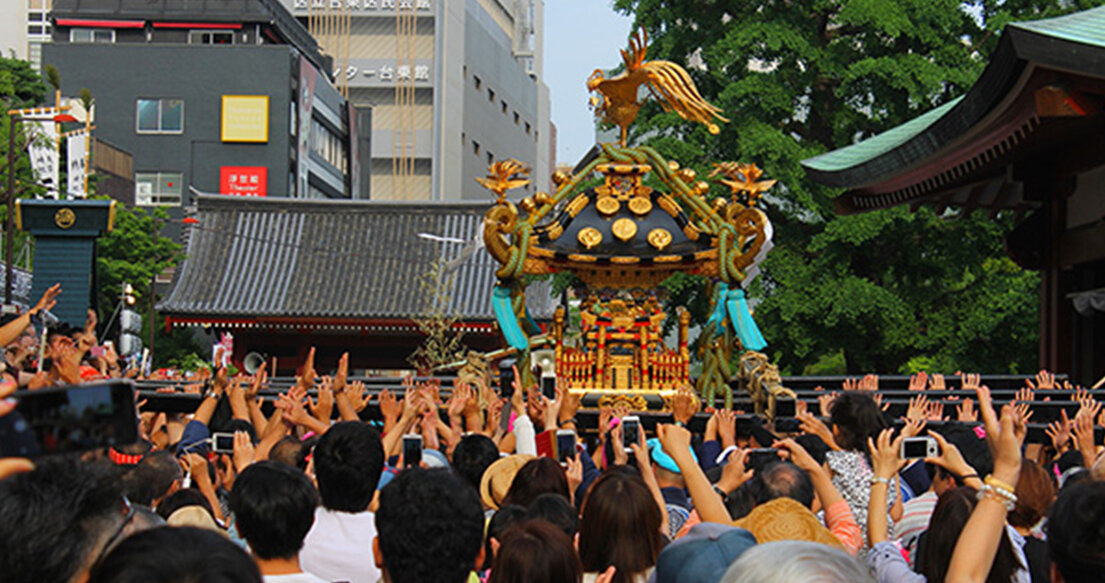
Natsu-Matsuri: Summer Festivals
There are numerous Natsu Matsuri (Summer Festivals) in the month of August throughout Japan, and Tokyo is no exception.
Matsuri are native Japanese festivals that have their origins in Shinto beliefs.
These festivals have many purposes, including prayers for prosperity or expressions of gratitude following a successful harvest.
The festivals often feature food stalls known as Yatai and traditional games like goldfish scooping.
One well-known type of festival, “Noryosai”, is held for people who want to escape the summer heat and enjoy a cool evening.
The Azabu-Juban Noryo Matsuri is a popular Noryosai festival where you can enjoy various Japanese foods as well as other countries' local food offered by foreign embassies in the area.
Other popular festivals in Tokyo include the traditional type Shinto festivals such as Sumiyoshi-Jinja Matsuri.
For those wishing to immerse themselves further in Japanese culture, wearing a Yukata, a casual summer kimono, is highly recommended.
The pairing of Yukata and Matsuri perfectly encapsulate the spirit of this season.
We offer Yukata for guests wishing to take part in this tradition.
In addition to the festivals above, there are many other summer events, such as the Noryo Boat Cruise, Bon-Odori (Japanese folk dance), and various Hanabi (fireworks) displays.
August in Tokyo is a truly exciting time! For further details or to make arrangements, please do not hesitate to contact our concierge team.
Access to Sumiyoshi-Jinja Matsuri
Take our courtesy shuttle bus to Hamamatsucho Station and then walk to the Daimon Subway Station located around the corner.
From Daimon, take the Oedo Line to Tsukishima Station. Travel time is about 25 minutes.
Access to Azabu-Juban Noryo Matsuri
Take our courtesy shuttle bus to Hamamatsucho Station and then walk to the Daimon Subway Station located around the corner.
From Daimon, take the Oedo Line to Azabu Juban Station. Travel time is approximately 15 minutes.
September
Art and Entertainment in Autumn
Japan's autumn climate offers a refreshing respite from the summer heat, making it the ideal season for a myriad of activities.
In fact, the cultural richness of this season is often encapsulated in phrases such as Autumn Appetites, Autumn Reading, Autumn Sports and Autumn Art and Entertainment.
One the many events held in the fall is the Tokyo Jazz Festival, an international event featuring more than 200 artists from around the globe.
Another cultural highlight is Takigi-noh, which is held at the venerable Zōjō-ji Temple.
This is the oldest form of musical theater and dates back to the 14th century. The word “takigi” means “firewood” in Japanese, and during the performance, firewood is ceremonially burned at both ends of the stage, setting a visually captivating atmosphere against the natural backdrop of trees and plants.
We hope that you enjoy autumn in Japan!
Access to the Tokyo Jazz Festival
Take our courtesy shuttle bus to Hamamatsucho Station, then take the JR Yamanote Line to Yurakucho Station.
Walk 1 minute to the Tokyo International Forum.
Access to Zōjō-ji Temple
20-minute walk from our hotel, or take the courtesy shuttle bus to Hamamatsucho Station and then walk 10 minutes.
October and November
Momiji-Gari: Autumn Maple Leaf Viewing
The Japanese word for autumn maple leaves, momiji, has appeared in ancient haiku literature dating back approximately 1,300 years. This endearing cultural significance shows that people have been delighted by and enamored by these vibrant autumn leaves for a very long time.
The practice of Momiji-Gari, or the tradition of traveling to the countryside to admire the autumn foliage, gained prominence during the late Edo-Period, some 200 years ago.
One of the unique features of momiji in Japan is the rich variety of color on display.
This is partly attributable to the large variety of deciduous broad-leaved forest trees in Japan, and due to the extreme temperature difference between day and night.
The viewing season can be enjoyed for about 2 to 3 months across Japan.
It begins in Hokkaido in the north in October and then moves gradually southward to Kagoshima by December. During this period, the leaves transform into an array of stunning colors—from the deepest reds to the brightest oranges and yellows, and even the freshest greens.
We invite you to partake in this captivating experience and enjoy the breathtaking tapestry of momiji in their full glory.
Access to Nikko (Tochigi Prefecture, from mid-October to mid-November)
Then take the Kinu limited express train to Shimo-Imaichi Station, change to the Tobu-Nikko Line and go to Tobu-Nikko Station.
One-day bus tours from our hotel to the Nikko area are also available.
For further details or to make arrangements, please do not hesitate to contact our concierge.
Access to Shiba Park (Tokyo, from mid-November to mid-December)
Take our courtesy shuttle bus to Hamamatsucho Station, then walk to Shiba Park in about 12 minutes.
December Illumination
Day or night, Tokyo is renowned for its luminous cityscape, a characteristic that is accentuated by holiday season illumination.
Throughout this festive period, millions of colorful LED lights can be enjoyed across Tokyo, providing an enchanting spectacle for residents and visitors alike.
Particularly noteworthy are illuminations at several key locations around our hotel, including Tokyo Station, the Odaiba Island area, Tokyo Tower, and the Shiodome area.
During this special time of year, please enjoy the lights and festivities Tokyo has to offer.
Access to Tokyo Tower
20-minute walk from our hotel, or take our courtesy shuttle bus to Hamamatsucho Station and then walk 10 minutes.
Access to Odaiba
Please take the Yurikamome Monorail Line from Takeshiba Station, which is located on the 3rd floor or the hotel's South Tower.
The monorail will take you all the way to Daiba Station. The approximate travel time is 20 minutes.
Access to Shiodome
Please take the Yurikamome Monorail Line from Takeshiba Station, which is located on the 3rd floor or the hotel's South Tower.
The Shiodome Station is just one station away from Takeshiba Station. The approximate travel time is 5 minutes.
Access to Tokyo Station
Please take our hotel shuttle bus to Hamamatsucho Station, and then take the JR Yamanote Line to Tokyo Station.
The approximate travel time is 15 minutes.


